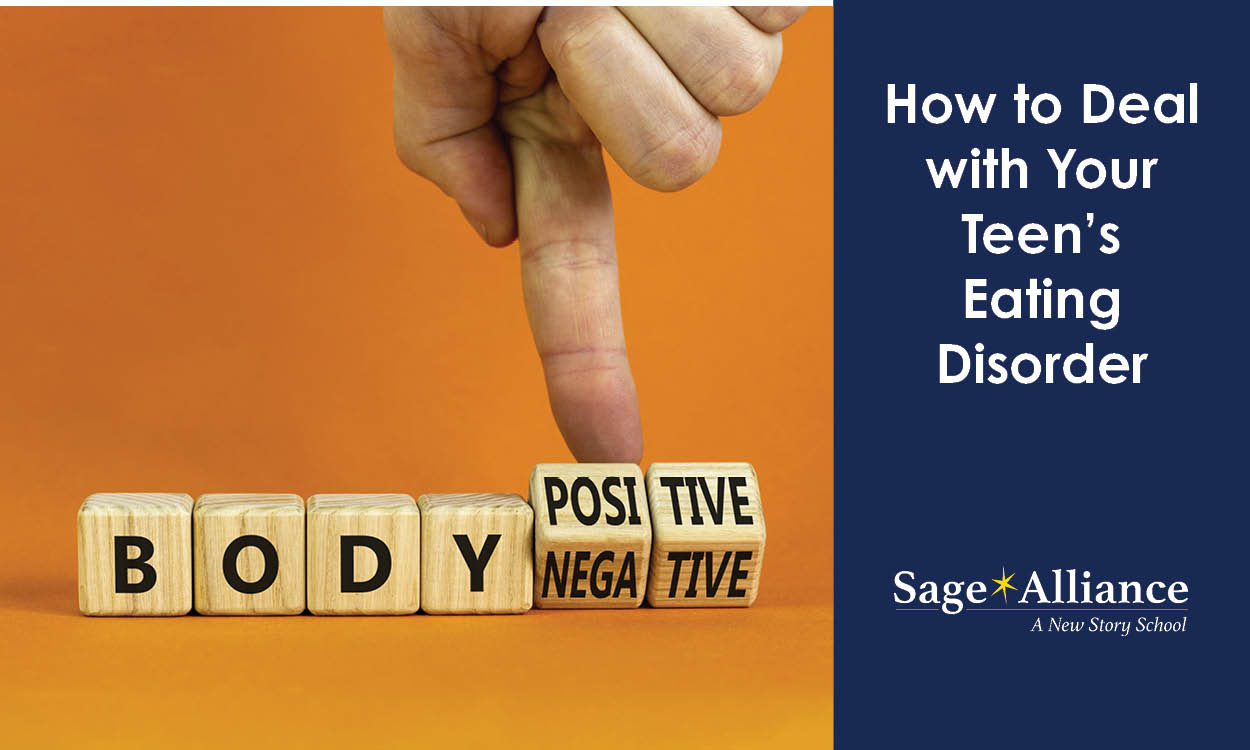Helping Your Child Transition from Middle School to High School Part II
Posted: March 20, 2016 | Written By: Justin Gerwick | Category: Transitions

When your teen gets to high school, things often change, largely based upon where you live. For instance, in bigger cities, one high school can accept students from multiple middle schools. It is not uncommon for these large high schools to have class sizes of 1000+ students per grade level. You child could easily be going from a school with several hundred students to a high school with several thousand students.
As such, it is not uncommon for your teen to feel displaced, lost, isolated, anxious, alone, and overwhelmed with the thought of starting high school. In this two-part blog series, we are reviewing 10 different ways you can help your child with the transition from middle school to high school. The first five were presented in Part I and the next set of five are presented below.
-
Establish New Routines
Your child is going to have additional responsibilities and more freedom than they did in middle school. It is important to change before and after school routines to reflect their new level of freedom and responsibilities.
-
Focus on the Details
Parents need to pay attention to the details and take responsibility to help their child make sure they have everything they need to start high school. This could involve buying the right school supplies, new clothing, gym uniforms, and other such items they will need now that they are in high school.
-
Get to Know Your Child’s Friends
Your freshman student is going to be exposed to students of all ages. Be aware of your child’s friends and do not hesitate to question friendships with older students. Sometimes older students are supportive and will mentor your child. However, it is also not uncommon for some older students to try to take advantage of younger students and their lack of experience in a high school setting.
-
Adjusting to New Academic Standards Takes Time
Your teen is going to have different academic standards than they did in middle school. Make sure they understand that their freshman year counts toward their cumulative GPA and their transcripts are reviewed by universities. Keep in mind, many students experience lower grades their first year of high school, but these should start to improve once they become more comfortable with their new environment.
-
Recognize When It Is Time to Seek Help
It does not hurt to monitor your child’s social media pages and watch for signs of cyberbullying, and sarcastic and derogatory comments from other kids you or your child do not know. If your teen is getting into trouble, when they have not in the past, or is getting into fights with other students, it is time to seek help. Work with your child’s counselors, teachers, and other professionals at the high school to determine root causes of problems. If needed, take your child to a qualified therapist. If things are not improving, sometimes a change in the high school environment may be necessary.
There are alternative high schools for teens, which offer a smaller, more personalized learning environment where your teen can find the support and acceptance they require.
Want to be notified of new articles and resources from Sage Alliance? Click here to submit your email and opt into our newsletter.









